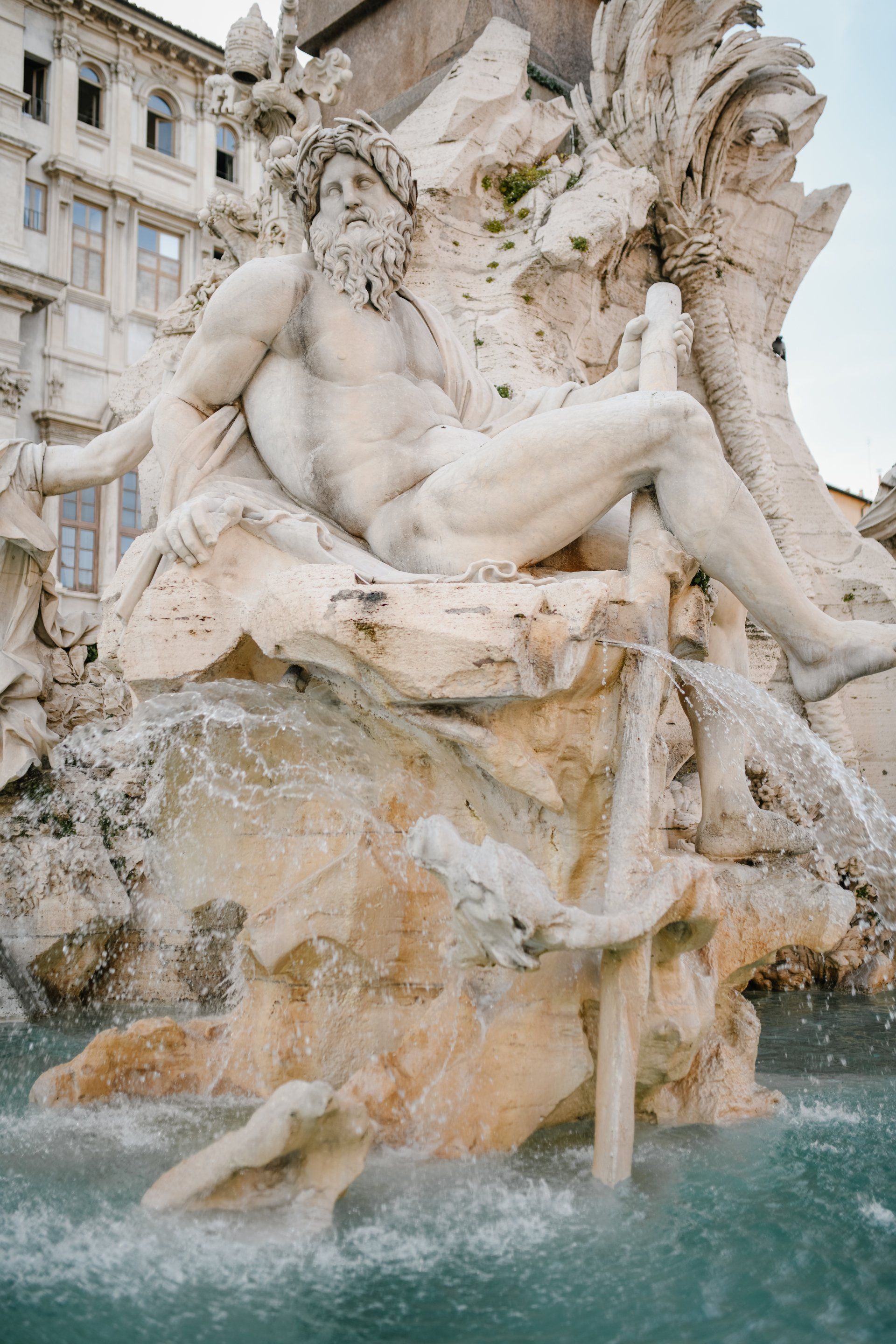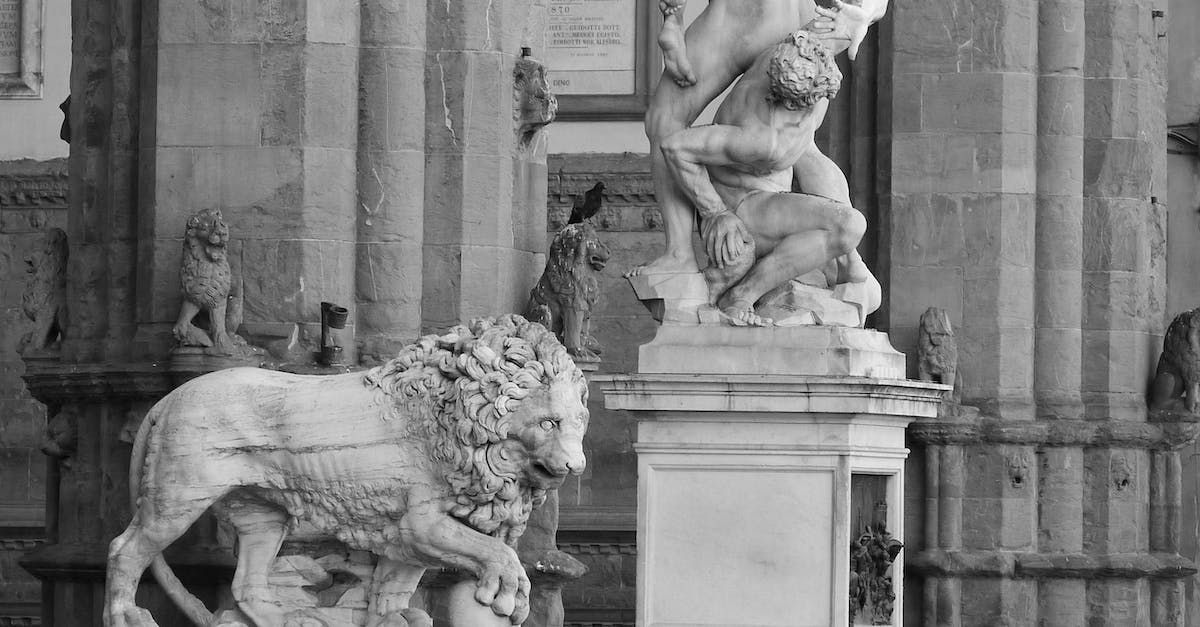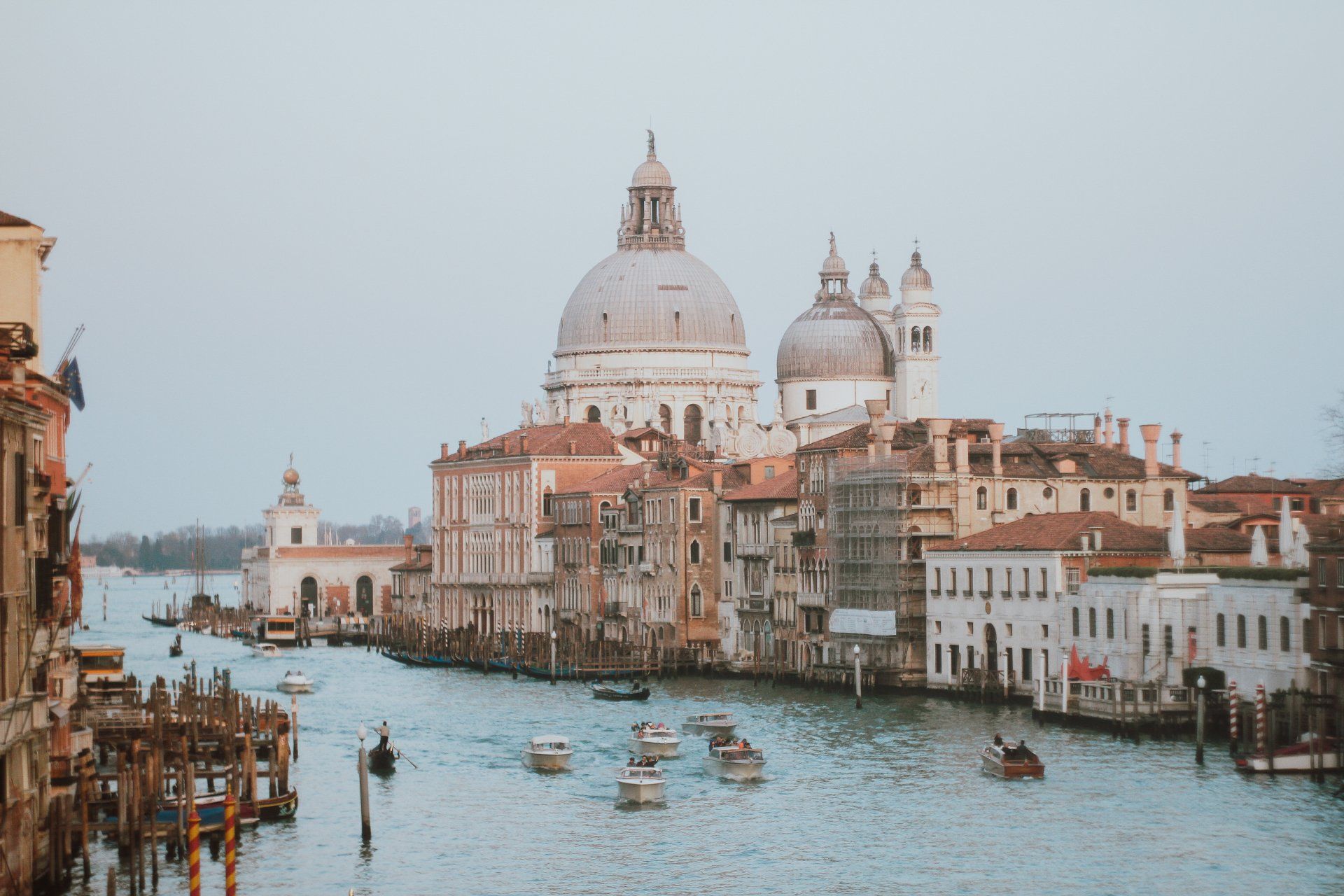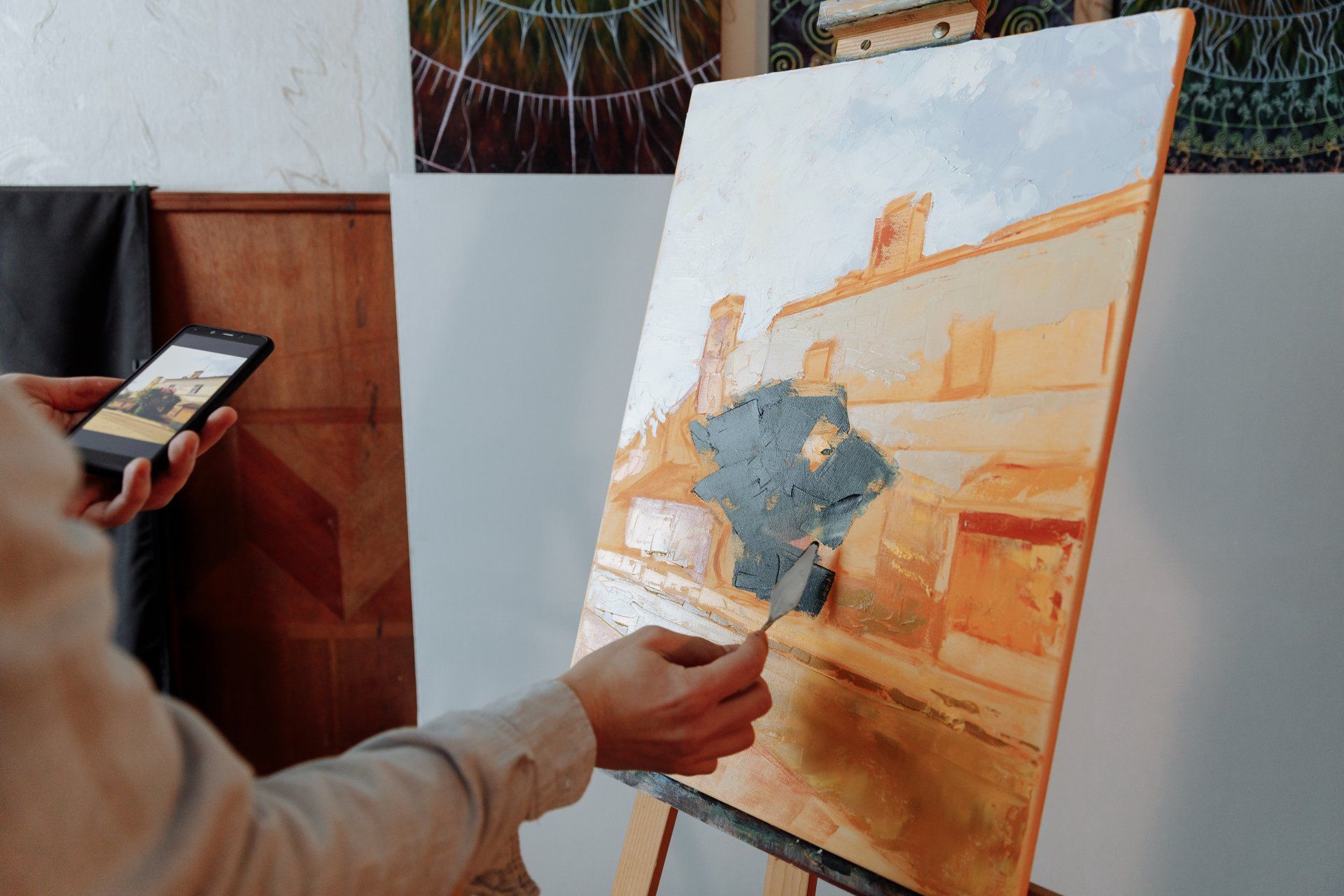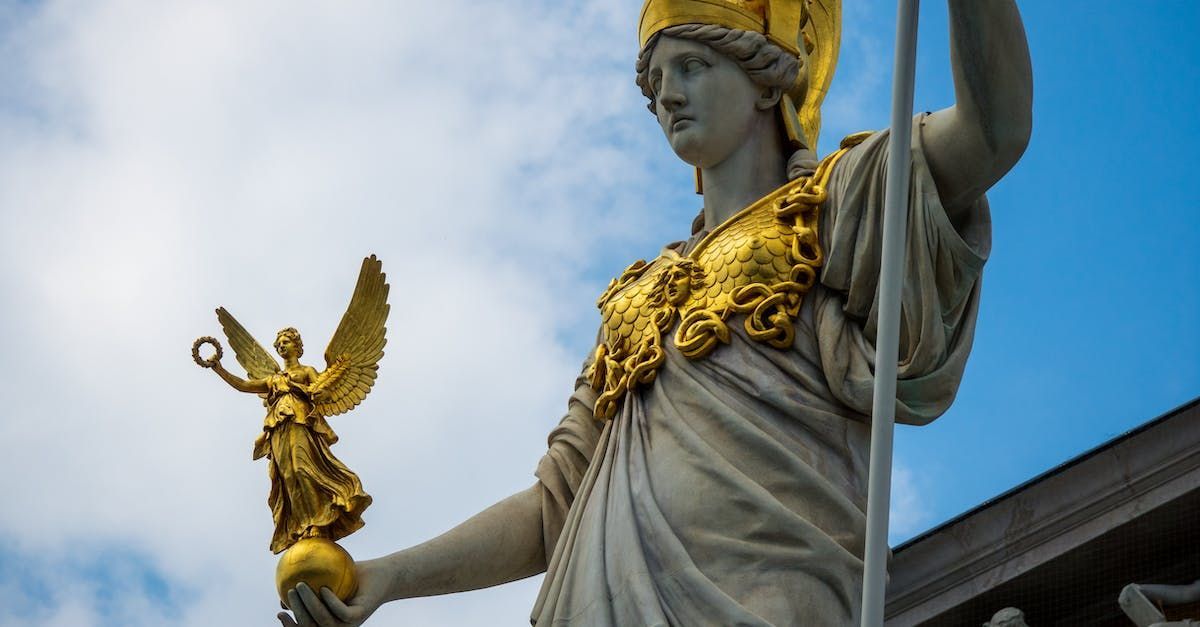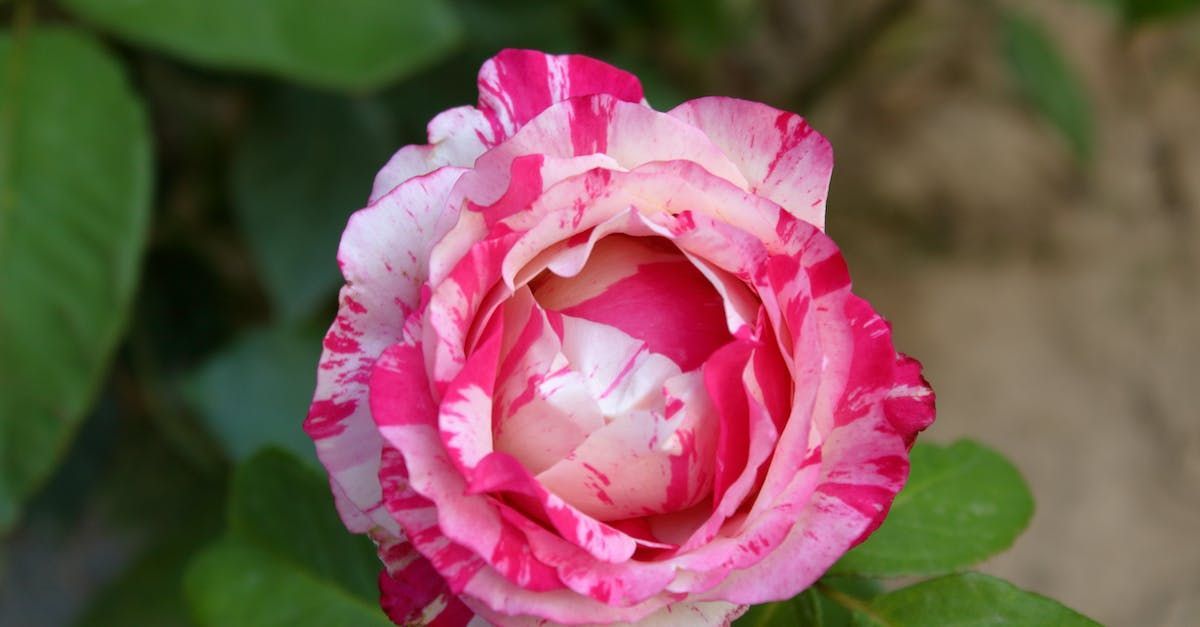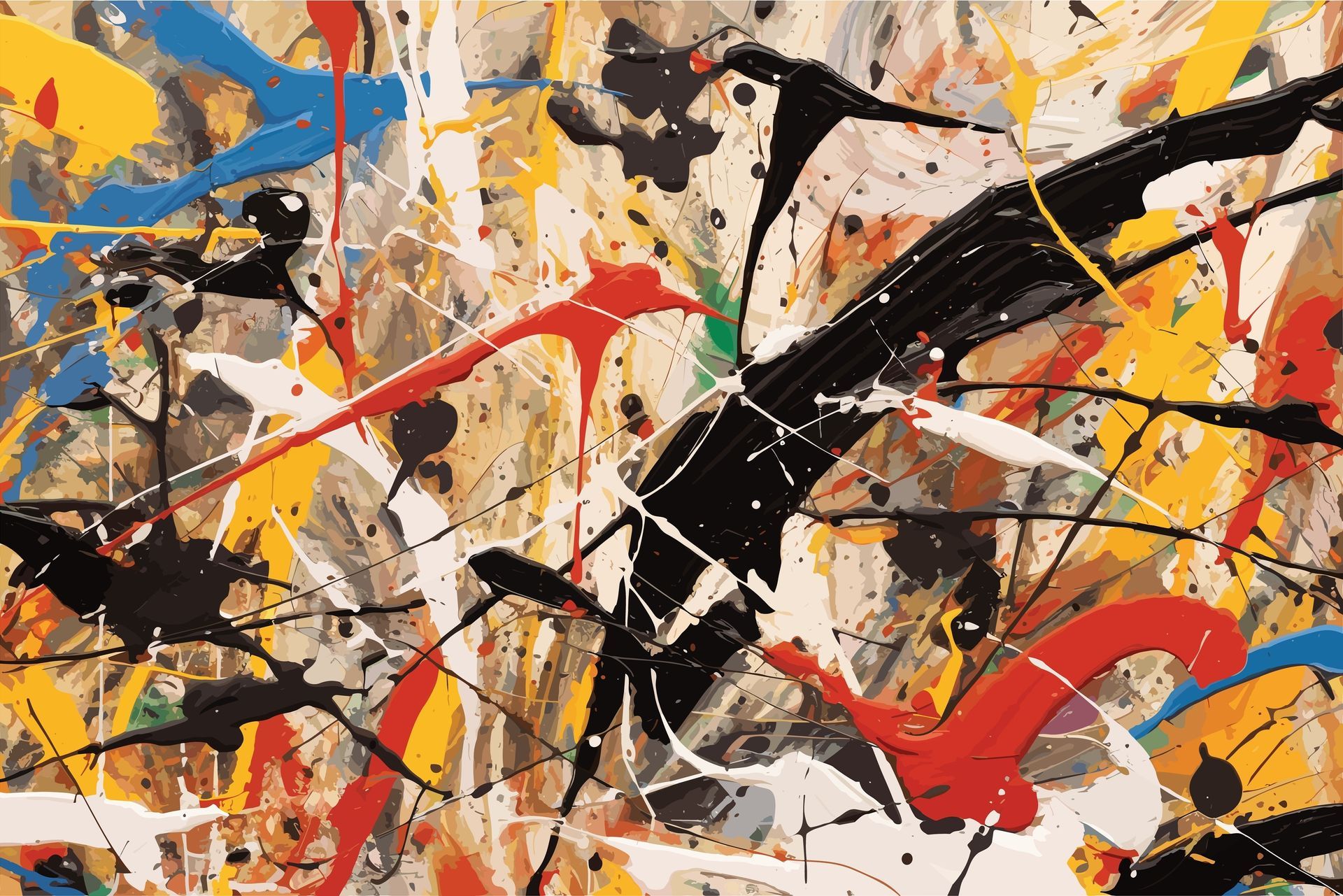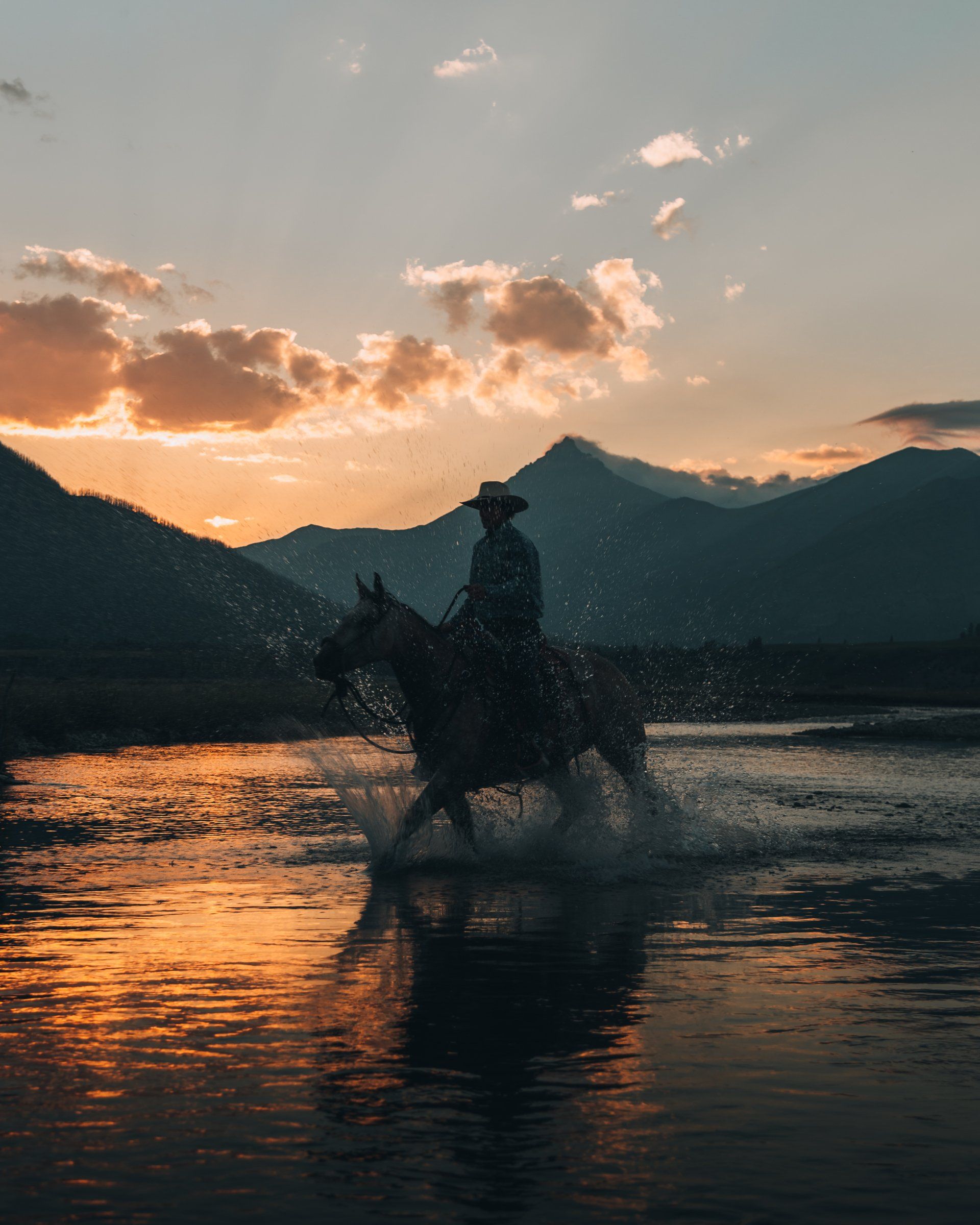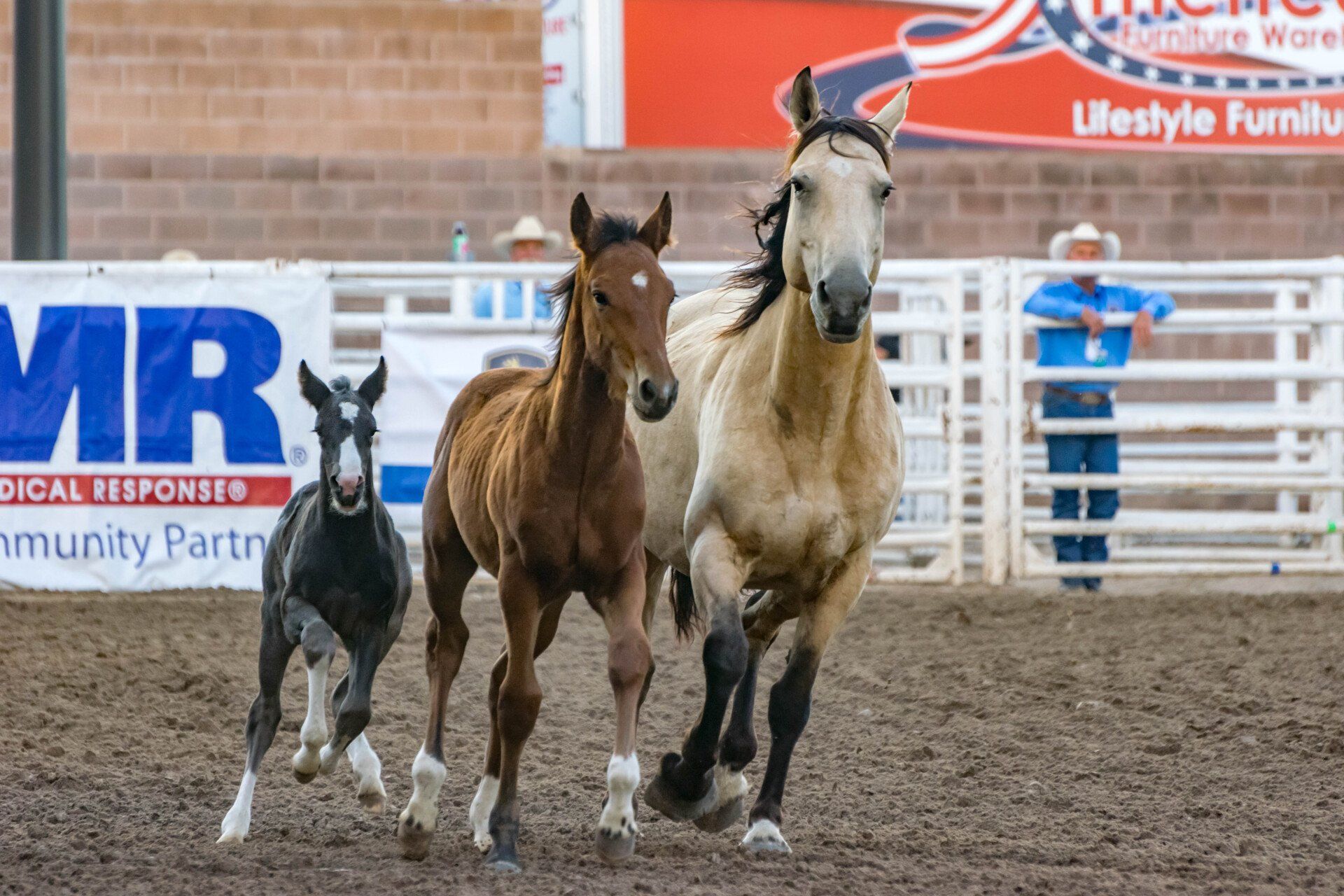Martin Grelle
The Greatest Living Wild West Painter
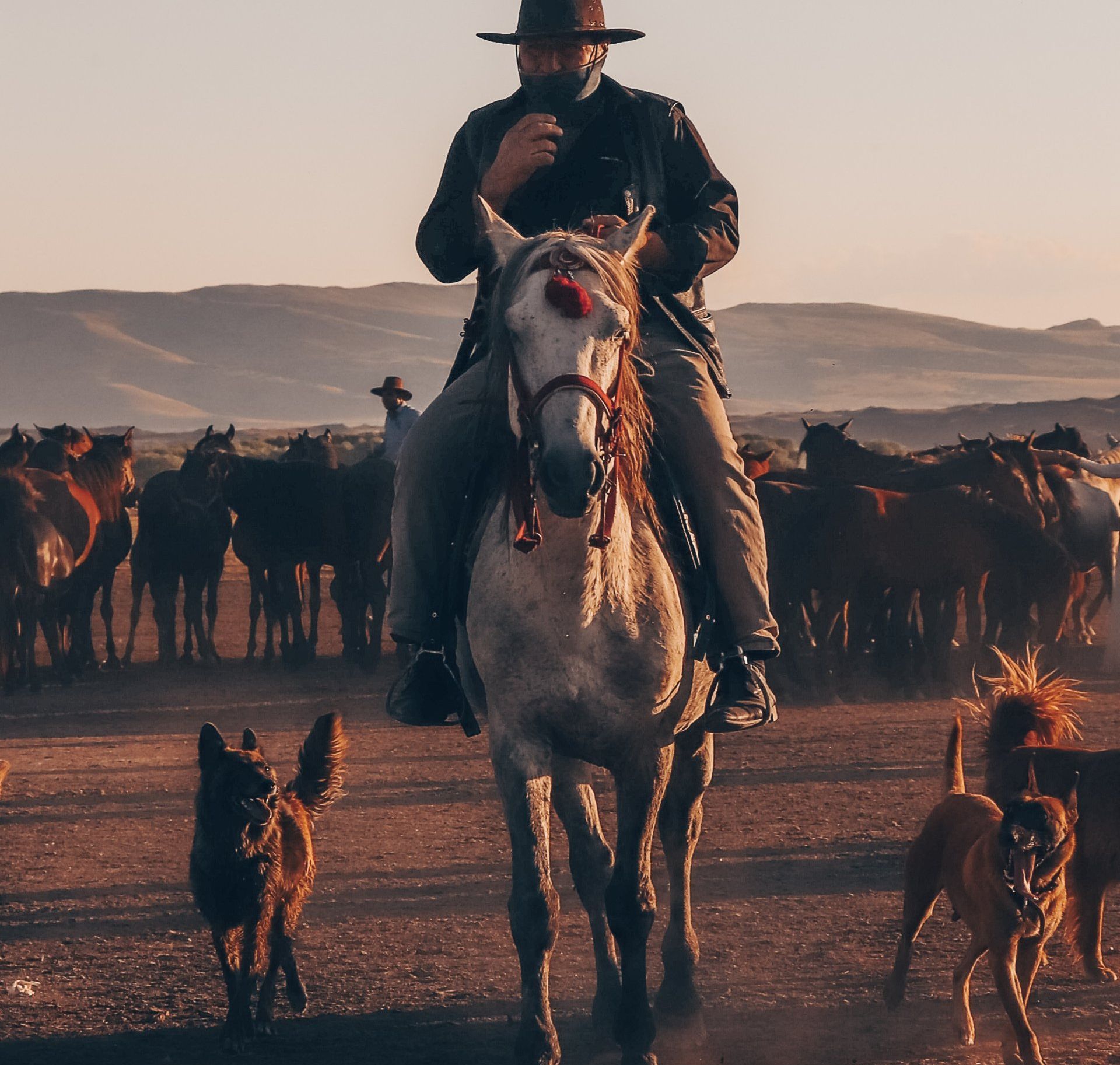
Martin Grelle is a highly recognized artist known for his vibrant and evocative paintings that celebrate cowboys, Native Americans, and the landscapes of the American West. Grelle's artwork captures the spirit, authenticity, and timeless beauty of the cowboy way of life. This article explores Grelle's artistic style, his depiction of cowboys and Native Americans, and his ability to transport viewers to the heart of the American West.
Vibrant and Evocative Paintings:
Martin Grelle's paintings are characterized by their vibrancy and evocative nature. Through his skillful use of color, light, and composition, Grelle creates artworks that exude energy and emotion. Whether it's a bustling scene of cowboys on horseback or a tranquil portrayal of Native Americans in their traditional settings, his paintings captivate viewers and transport them to the heart of the Western experience.
Cowboys, Native Americans, and the American West:
Grelle's artwork showcases a deep appreciation for the cowboy way of life and the rich cultural heritage of Native Americans. His paintings beautifully depict cowboys engaged in various activities, from herding cattle to participating in rodeos, capturing the essence of their strength, resilience, and connection to the land. Similarly, Grelle's portrayal of Native Americans reflects their traditions, spirituality, and profound relationship with nature. His artwork serves as a tribute to the diverse cultures that have shaped the American West.
Capturing the Spirit and Authenticity of the Cowboy Way of Life:
One of the remarkable qualities of Grelle's artwork is his ability to capture the spirit and authenticity of the cowboy way of life. Through careful attention to detail, he portrays the attire, tools, and activities of cowboys with historical accuracy. Grelle's paintings go beyond mere representation; they convey the passion, dedication, and ruggedness associated with the cowboy culture. Each brushstroke reflects his deep understanding and admiration for the traditions and values that define the cowboy way of life.
Transporting Viewers to the Heart of the American West:
Martin Grelle's art has the power to transport viewers to the vast landscapes and rich cultural tapestry of the American West. His skillful depictions of the Western terrain, from majestic mountains to expansive plains, evoke a sense of awe and reverence. Grelle's ability to capture the play of light, the majesty of nature, and the stories embedded within the Western landscape allows viewers to immerse themselves in the spirit of the American West.
Martin Grelle's vibrant and evocative paintings of cowboys, Native Americans, and the landscapes of the American West showcase his mastery as an artist. Through his artwork, Grelle captures the spirit and authenticity of the cowboy way of life, transporting viewers to a realm where history, culture, and nature intertwine. His paintings serve as a visual tribute to the enduring legacy of the American West and the diverse individuals who have shaped its history, leaving a lasting impact on those who appreciate the beauty, traditions, and spirit of the cowboy culture.
